 Creepy
Creepy  Creepy
Creepy  Technology
Technology 10 Scientific Breakthroughs of 2025 That’ll Change Everything
 Our World
Our World 10 Ways Icelandic Culture Makes Other Countries Look Boring
 Misconceptions
Misconceptions 10 Common Misconceptions About the Victorian Era
 Mysteries
Mysteries 10 Strange Unexplained Mysteries of 2025
 Miscellaneous
Miscellaneous 10 of History’s Most Bell-Ringing Finishing Moves
 History
History 10 Great Escapes That Ended Right Back in Captivity
 Weird Stuff
Weird Stuff 10 Fascinating Things You Might Not Know About Spiders
 Food
Food 10 Everyday Foods You Didn’t Know Were Invented by the U.S. Military
 History
History 10 Odd Things Colonial Americans Kept at Home
 Creepy
Creepy 10 More Representations of Death from Myth, Legend, and Folktale
 Technology
Technology 10 Scientific Breakthroughs of 2025 That’ll Change Everything
 Our World
Our World 10 Ways Icelandic Culture Makes Other Countries Look Boring
Who's Behind Listverse?

Jamie Frater
Head Editor
Jamie founded Listverse due to an insatiable desire to share fascinating, obscure, and bizarre facts. He has been a guest speaker on numerous national radio and television stations and is a five time published author.
More About Us Misconceptions
Misconceptions 10 Common Misconceptions About the Victorian Era
 Mysteries
Mysteries 10 Strange Unexplained Mysteries of 2025
 Miscellaneous
Miscellaneous 10 of History’s Most Bell-Ringing Finishing Moves
 History
History 10 Great Escapes That Ended Right Back in Captivity
 Weird Stuff
Weird Stuff 10 Fascinating Things You Might Not Know About Spiders
 Food
Food 10 Everyday Foods You Didn’t Know Were Invented by the U.S. Military
 History
History 10 Odd Things Colonial Americans Kept at Home
10 Animal ‘Facts’ Of The Ancient World
From the eighth century BC to the fifth century AD, the intertwined cultures of Greece and Rome ruled a great deal of the known world. It was the heyday of the Greco-Roman myths of gods and goddesses, great heroes, and fantastic beasts. It was also the start of attempts to catalog the flora and fauna of the world.
These efforts turned out to be very interesting because the individuals writing down the “facts” were listening to people who often hadn’t seen the animals themselves. Even when writing about animals that should have been familiar to the authors, mostly folktales and beliefs were recorded.
After the fall of the Roman Empire, these odd ideas about animals became “common knowledge” for over a thousand years. Here are some of the “facts” that were widely accepted, though we doubt that anyone would believe them now.
10 Bears
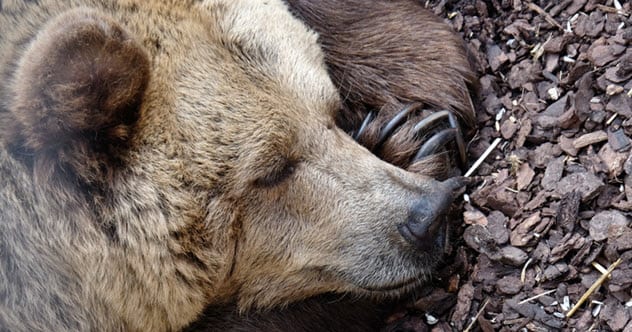
Bears mate in the winter, and the female gives birth just 30 days later to up to five cubs . . . oh, but what cubs! A newborn is a white, shapeless mass the size of a mouse. The only discernible bearlike feature is their claws, which stick out of these odd blobs.
Over time, the mother licks at the small blobs, thus forming their legs, bodies, and heads. This is the origin of the English phrase “to lick into shape,” meaning to force someone or something to grow or improve in some way.
Apparently, bears also fall into a very deep sleep—which we now call “hibernation”—but this state only lasts for 14 days each year. During this sleep, the bear becomes “wonderfully fat.” This fat has many medicinal uses, though it mostly prevents hair loss.[1]
Of course, procuring fat from a bear sounds like a losing proposition. Luckily, while in their deep sleep, the animals wake for nothing, not even being wounded. So you could get the fat from a sleeping bear without it being the wiser.
9 Bees
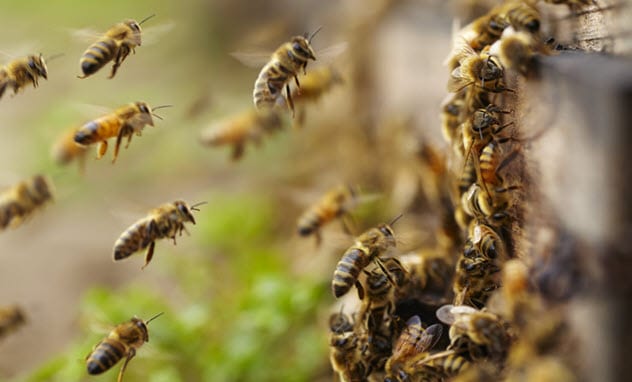
Bees seem to have bothered quite a few of the ancients and for a simple reason: As bees were never seen having sex, no one was really sure how they reproduced or where they came from.
Sure, there were a few crazy theories about all baby bees resulting from intercourse with the largest bee in the colony—dubbed the “king” by all ancient sources. But this idea was refuted because if there was only one father to all the bees, then why would some bees be “drones” instead of “workers”?
Drones were considered imperfect bees—ones that looked okay but had no stingers and never seemed to work. Therefore, they were the freeloaders of the colony. Of course, if one magnificent male was producing all the bees, none of them should be freeloaders. No, there had to be some other answer to the problem.[2]
Most of the ancients finally agreed—and this idea was repeated for over a thousand years—that bees were born from the bodies of dead animals, most notably from the carcasses of oxen. The Greeks actually had a word for the idea: bugonia, meaning essentially “ox progeny.”
As it turns out, there is a fly that looks a bit like a bee and lays its eggs on dead oxen. So basic observation confirmed for everyone that bees did indeed come from dead animals.
8 Horses
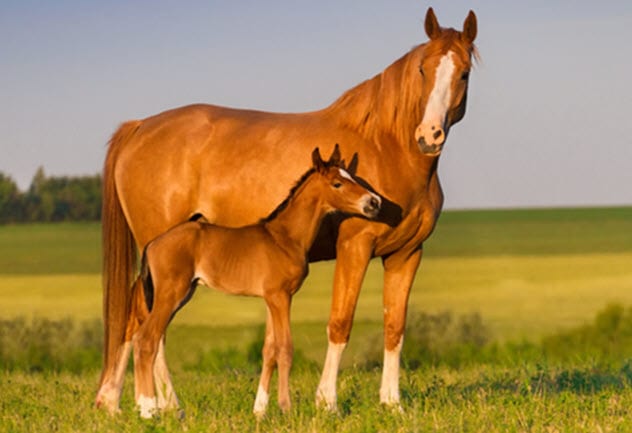
Young horses are born standing up with a poisonous substance on their foreheads in a lump about the size of a fig. It is called a “hippomanes.” The mother will eat this object immediately, which then leads her to suckle her foal.
If the mother fails to eat this lump, she will neither suckle her foal nor care for it. The substance can be used for love potions or to make horses “quite frantic by the smell” (though no one seems to say why you’d want to do this).
More “spirited” horses plunge their noses deeper into the water when drinking. Apparently, the females were preferred as war horses for the simple reason that they could keep walking while they peed.[3]
7 Eagles
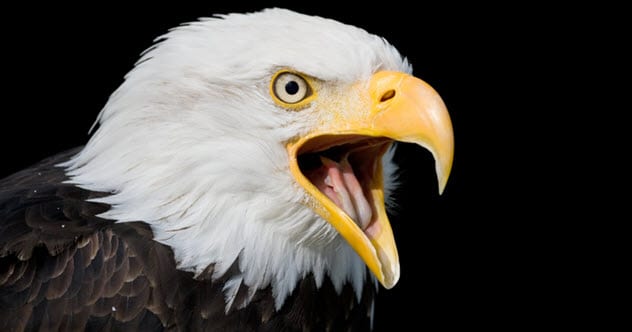
Eagles test their young by forcing them to stare at the Sun. If the eaglet can do so without flinching, it is treated well. But if the eaglet looks away or if its eyes water, it will be thrown from the nest.
Apparently, eagles also attack deer on occasion. The eagle starts the assault by rolling in dust until covered with it. Then it will fly and land on the deer’s antlers. The eagle will shake the dust into the deer’s eyes while beating the animal about the head and shoulders with its wings. The goal is to get the deer to harm itself as it runs into and across rocks.
Eagles also battle serpents that try to eat their eggs, but it is perilous. The eagle will grab the serpent and fly it high into the sky, presumably to drop it from a great height. But quick-witted serpents will try to wrap themselves around the eagle’s wings. If successful, both will plummet to the ground.[4]
6 Hyenas
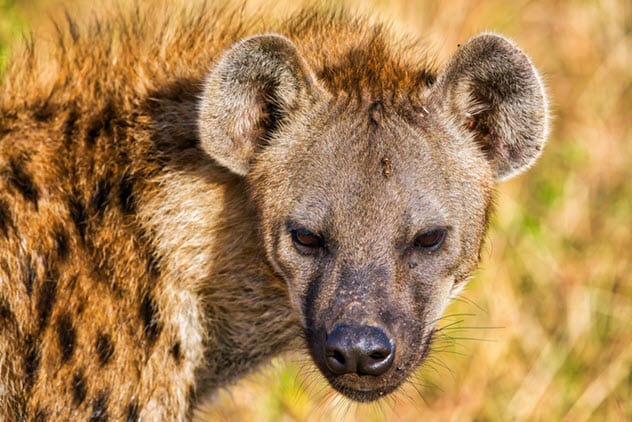
Hyenas have the strange property that they change gender each year—from male to female, then back again, and so on. The “advantage” to this unusual trait is that hyenas don’t actually need sex to reproduce as they become pregnant when switching from male to female. So a lone hyena can beget more hyenas if it just lives long enough.
Hyenas can also imitate human voices. They will hang out near places where shepherds are gathered and wait until they hear one of the shepherd’s names. Then the hyena will call that person by name to get him alone and eat the poor guy.
A hyena can trick dogs, too. The hyena can imitate the sound of a man vomiting, and a nearby dog will come to check on the noise because dogs are so found of humans. When the dog comes in contact with the hyena’s shadow, the canine loses its ability to bark. Then the hyena eats the dog.[5]
5 Hedgehogs
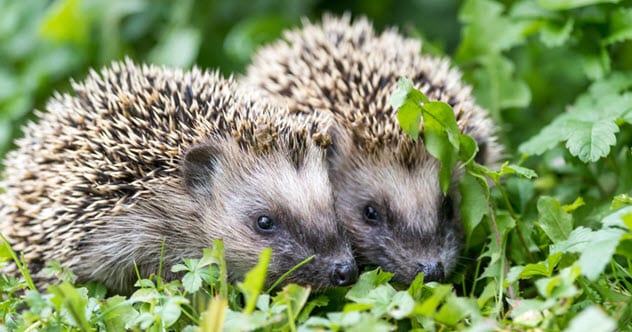
Hedgehogs store food for the winter. If they see apples on the ground, they’ll roll into one piece of fruit to pierce it with their back quills. Then the animal will pick up another apple in its mouth, allowing the hedgehog to carry two at once to storage.
Around the seventh century to the 10th century, other authors expanded on this claim. They stated that hedgehogs would shake grapes from vines and then roll through the grapes to pick up a whole back full of the fruit to take to storage.
Hedgehogs are prized for their skin and quills. If they see a hunter coming, they roll into a ball with just spikes sticking out. If this doesn’t dissuade a hunter, they have a last line of desperate defense—hedgehogs pee on themselves.
Hedgehog urine is highly corrosive. It causes the animal’s skin to become fragile and easily torn and makes the quills rot and fall off. So the animal might escape with its life because it was no longer of value.
But hedgehogs hate doing this. As a result, they often wait too long and are killed anyway. Besides, savvy hedgehog hunters know to wait until their quarry has already urinated before trying to catch these animals.[6]
4 Snakes
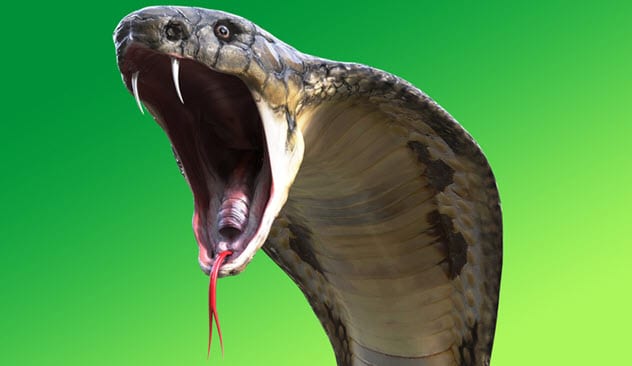
Serpents in India grow so big that they can swallow stags and bulls. These snakes can move fast enough and stretch high enough to grab birds in flight above them. Boas of the same country grow large enough to swallow children but prefer to suck milk from cows.
Vipers entangle so tightly when making love that they appear to be a single animal with two heads. In this state of passion, the male puts its head into the female’s mouth. Then the female gnaws off her partner’s noggin.
The young hatch inside the female viper in three days, after which she releases them at a rate of just one a day. But if there are too many young, they may grow impatient and force their way out through the side of their mother’s body, killing her.[7]
3 Wolves
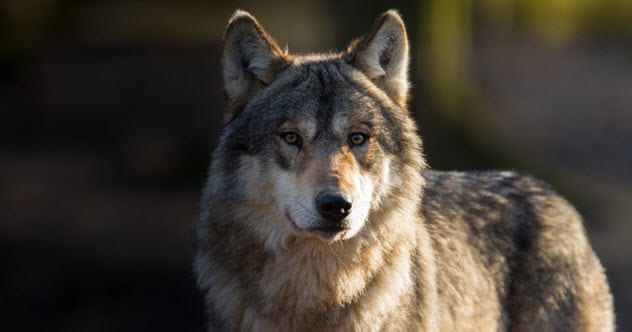
If a wolf sees a man before the man sees the wolf, the animal instantly takes away the human’s voice, which probably isn’t a good thing for the man!
Wolves have a tuft of hair on their tails which has the properties of an aphrodisiac. But good luck getting it. The tuft only works if the wolf is alive and you plucked it straight from the animal’s tail yourself. If trapped, wolves tend to shed this tuft of hair immediately, rendering it useless.
Wolves also have major eating problems. No matter how hungry a wolf might be, if it looks away from what it is eating, it will immediately forget the food is there and go looking for something else to eat. If that wolf goes too long without proper food, it will start to eat dirt to fill its stomach.[8]
2 Mice
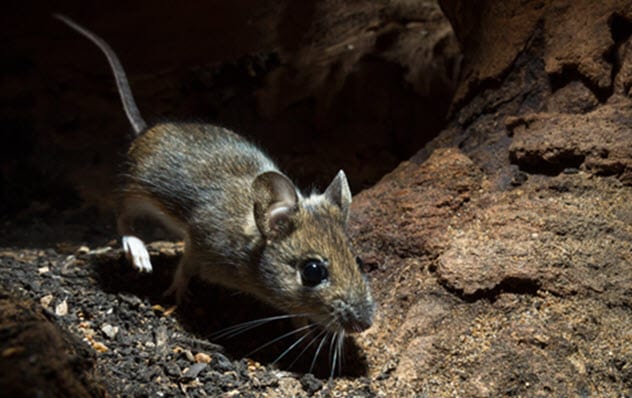
Mice gnaw on metals, silver shields, and iron ingots. They nibble in gold mines, too. When mice are caught in gold mines, their stomachs are opened because there will always be some gold in them. Being visited by a white mouse is a sign of good fortune . . . unless the mouse starts singing.
Mice will not mate with mice from different forests, rivers, or mountains. If mice from many different places are put together, they will fight to destroy each other.
Mice feed their parents and care for them with singular devotion until the older animals conceal themselves and sleep for the winter. When these older mice wake again in the summer, they have regained the vigor of their youth.[9]
1 Panthers
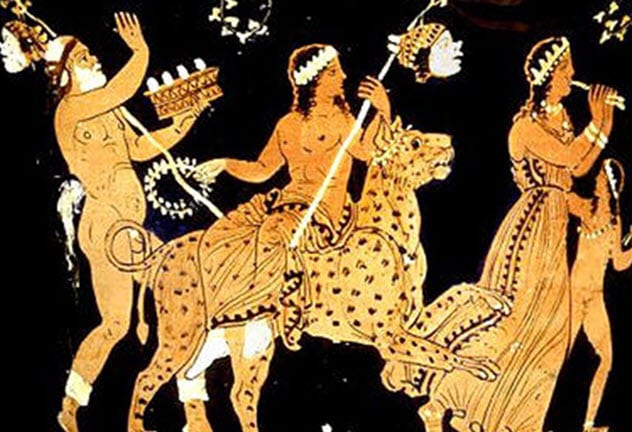
Whereas plants have odors, animals generally do not. The exception is the spotted panther.
Apparently, these creatures have an easy time catching their meals because panthers have a body odor that assists them. Their scent is so sweet that all other four-legged animals are automatically attracted to panthers. But when these other animals see the panther’s fierce features, they run away.
As a result, panthers have devised a plan. They hide their heads until they detect that their odor has caused prey to come close enough to pounce on before it can run away.[10]
Also, all panthers have a special spot pattern on their shoulders that resembles the form of the Moon. As the Moon waxes and wanes from full to new, the spot on the panther’s shoulder changes to match the Moon’s nightly appearance.
Garth Haslam has been digging into strange topics for over 30 years and posts his research on varying anomalies, curiosities, mysteries, and legends at his website Anomalies: The Strange & Unexplained. Check it out at http://anomalyinfo.com or on Facebook at https://www.facebook.com/anomalies.news.
Read more fascinating facts about ancient animals on 10 Ancient Creatures With Badass Facts And Features and Top 10 Lesser-Known But Interesting Ancient Animals.








